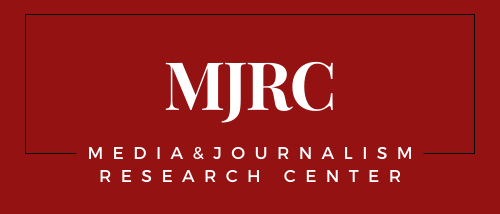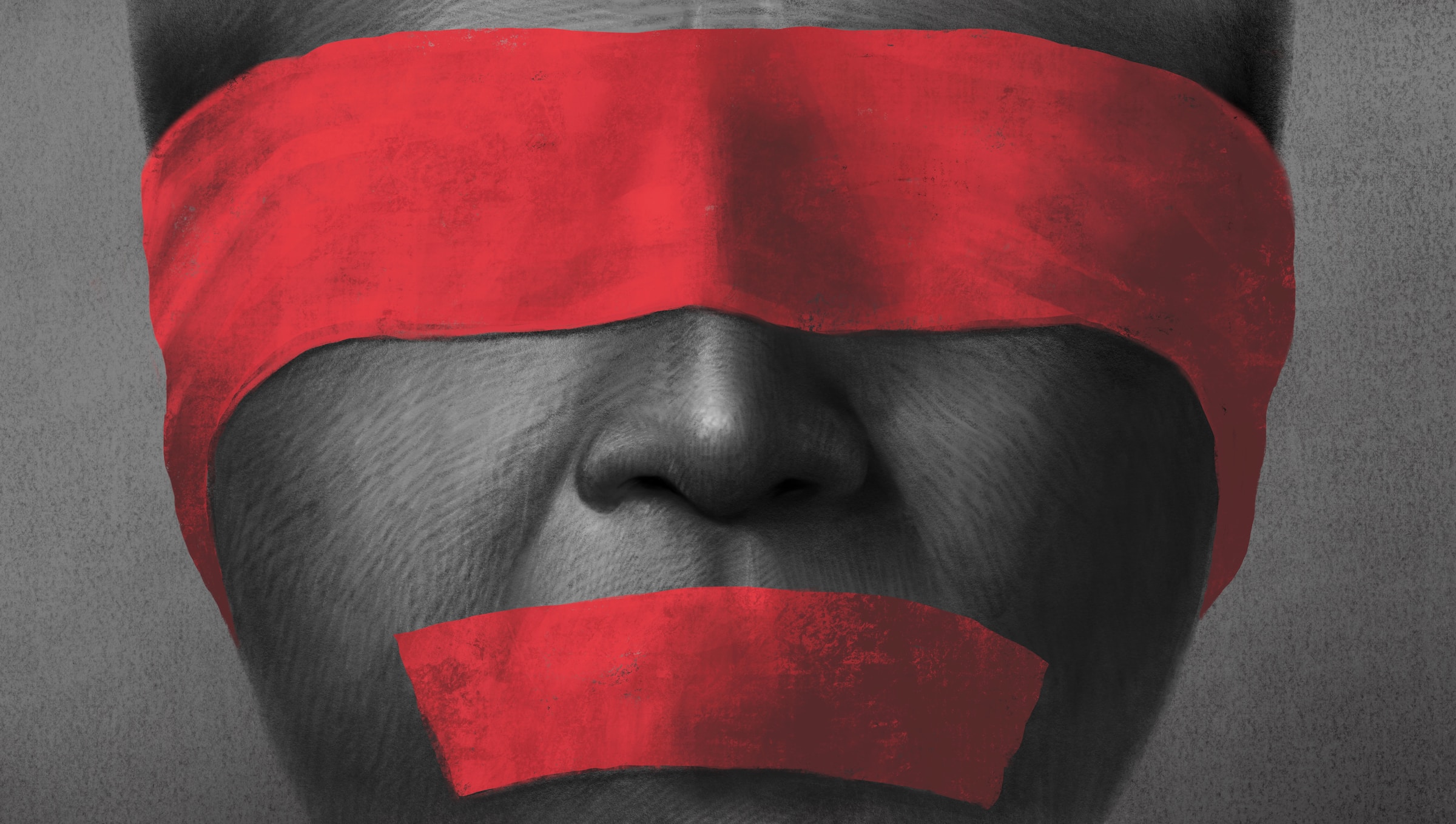The State Media Monitor 2023 Study Released: A Bleak Reading
In a world dominated by government-controlled state and public media outlets, the looming specter of a series of intensifying conflicts presents an alarming peril to democratic societies just before a crucial election year, when people will elect their leaders in some 50 nations worldwide.
In the past year, the government’s grip on state media has remained overwhelmingly strong, albeit with a slight decrease. Some 83% of the 592 state-administered media entities across 157 countries lack editorial independence, according to the latest findings of the State Media Monitor released today. While this figure is down by one percentage point from the previous year, it still represents an increase from the 80% recorded in 2021.
The situation of state and public media worldwide continues to be a cause for concern, with only 99 outlets currently being editorially independent. Out of those, a mere 19 can be classified as independent public service media, which is considered the golden standard for media independence in all aspects. But even those outlets are not immune to pressures. Several independent media outlets are facing relentless attacks, particularly from right-wing politicians and parties who oppose the autonomy of public service media.
With the ongoing war in Ukraine and intensifying tensions in the Middle East, the battle for public opinion is poised to escalate, granting governments even greater control over the media.
Authoritarian superpowers China and Russia continue to make significant strides in expanding their media influence beyond their own borders. With their media systems under close control domestically, both countries are investing heavily in a network of state-controlled outlets aimed at international audiences, as well as media companies targeting national audiences in strategically important countries. This concerted effort is aimed at bolstering their own narratives and increasing their global influence.
Furthermore, the year 2024 is set to witness elections in almost 50 nations worldwide, encompassing a combined population of over 3.3 billion individuals. This impending wave of elections will undoubtedly exert even greater pressure on the media, especially state and public media outlets.
Alongside the highly anticipated US elections, in 2024 citizens will exercise their democratic rights in various other major democracies, including India, Indonesia and Mexico. Additionally, a bevy of African countries such as South Africa, Ghana and Rwanda, as well as numerous European nations spanning the western and eastern regions such as Austria, Finland, Belgium, Romania and Croatia, will also partake in the electoral process. Furthermore, a slew of Asian countries, including Sri Lanka, Pakistan and Bangladesh, as well as Latin American nations like El Salvador and Uruguay, are preparing for their own elections. Finally, elections in key strategic countries in East Asia like South Korea and Taiwan, along with the EU-wide elections, will further contribute to the tumultuous year ahead.
According to State Media Monitor, state and public media outlets with editorial autonomy are present in less than a quarter of all countries that expect elections in 2024.
Against this backdrop, the outlook for state and public media appears more dismal than ever. Rather than serving as reliable sources of news, these outlets persist in fueling political divisions and fostering animosity, prioritizing the dissemination of propaganda and outright disinformation over quality and objective reporting.
State Media Monitor is a project of the Media and Journalism Research Center. The 2023 comparative overview covers a total of 157 countries where we mapped 592 state-administered media entities that own nearly 6,200 media assets combined, including television and radio channels, print titles, news agencies, and news portals, but not the websites associated with their traditional media operations.
The monitoring work is anchored in a new typology to study state and public media, the State Media Matrix, which is going beyond the reductive dichotomy that distinguishes between the worst (state-controlled outlets) and the best (independent public service media), aiming to capture nuances related to how state and public media perform editorially and how that performance is influenced by different geographical contexts, or political and economic situations in various periods of time.
The State Media Matrix proposes a classification of state and public media according to three key sets of factors that affect their independence: funding, ownership/governance and editorial autonomy. The research driving this study can be accessed online through a regularly updated platform that hosts the State Media Monitor project. The 2023 Key Findings are available on the project’s website at this link.
All the data, research and analysis produced as part of State Media Monitor can be accessed on the project’s website. The brief profiles of all media outlets mapped in the project are also accessible.
Other resources include:
State Media Matrix Typology Explained
State Media Monitor Methodology
The Global List of State and Public Media
Photo: Unsplash+ License
Support independent media research – your donation helps keep our work open.
Donate
